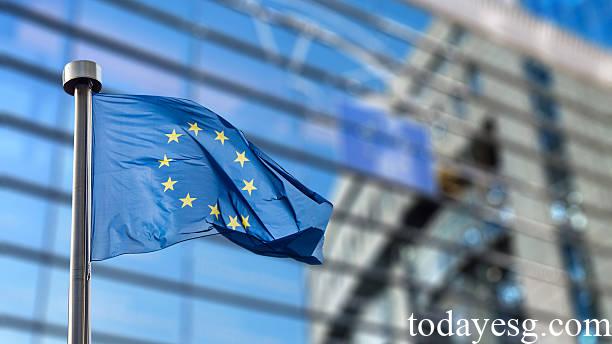Eurosif Responses to ESMA Consultation Paper
The European Sustainable Investment Fora (Eurosif) issues a document giving comments on the guidelines of the European Securities and Markets Authority (ESMA) on the naming of ESG funds.
Eurosif believes that the ESMA guidelines can prevent the greenwashing phenomenon to some extent, but it also has some contradictions with other regulatory rules like SFDR. ESMA also needs to revise the existing minimum investment threshold rules and make them conform to the final version of SFDR. The European Asset Management Association has also made similar suggestions on the guideline a few days ago.
Contents of ESMA Consultation Paper
ESMA issued a consultation document last year to seek opinions on the naming of ESG funds and sustainable funds. ESMA makes the following guidelines in the document:
ESG fund need to invest at least 80% of its capital in ESG-related assets;
Sustainable fund needs to invest at least 50% of its capital into sustainable related assets;
Eurosif puts forward opinions on these two main guidelines respectively, and also expresses opinions on the naming of impact funds, transition funds and other funds related to sustainable investment.

Suggestions on ESG Fund Naming Rules
Eurosif believes that the definition of ESG-related assets should be clarified first before ESMA sets the minimum investment threshold. At present, SFDR’s definition of ESG-related assets is still being drafted. If ESMA regulates the fund using current guidelines, it may cause confusion to asset management companies and investors.
In terms of 80% threshold setting, Eurosif believes that this value is applicable to most asset classes, but for alternative investment funds, this threshold is too high. ESMA should make separate provisions for this special type of funds.
Eurosif also mentions the calculation of cash and derivatives. Cash and derivatives are important financial instruments for fund hedging and liquidity management., Funds needs to use these instruments to reduce price fluctuations especially in market fluctuations. At present, the guidelines proposed by ESMA do not cover these financial instruments. Eurosif suggests that whether these assets are included in the calculation process be specified.
Suggestions on Sustainable Fund Naming Rules
Similar to ESG Fund, ESMA has not defined sustainable assets, and SFDR also does not put forward a clear definition. Eurosif suggests that ESMA continue to wait for the final version of SFDR and modify the guidelines to make them consistent.
Eurosif also mentions the possible ambiguity of 50% sustainable assets. The majority of market participants understands that 50% of sustainable assets are based on 80% of ESG assets (equivalent to 40% of total assets meeting the requirements for sustainable assets), but some participants may also consider the 50% threshold is based on the entire fund. Eurosif recommends that ESMA clarify this.
SFDR classifies ESG and sustainable funds into Article 8 and Article 9, of which Article 8 has ESG characteristics and Article 9 has more sustainable characteristics. ESMA should apply 50% of the sustainability threshold to Article 9 funds to avoid using sustainable naming for Article 8 funds.
Suggestions on Impact Fund and Transition Fund
ESMA did not set investment thresholds for impact funds and transition funds in the consultation paper. Eurosif believes that impact assets and transition assets are very important for sustainable development, but they should not be included in the regulatory category of ESG funds. Eurosif released relevant documents on impact funds and transition funds last year for ESMA’s reference.
Eurosif believes that the asset management industry has been developing towards sustainable investment, but the implementation of sustainable investment is still more difficult than traditional investment. Eurosif recommends that ESMA continue to wait for the latest version of SFDR and set aside one year’s adjustment time after releasing the guidelines.
Reference:








